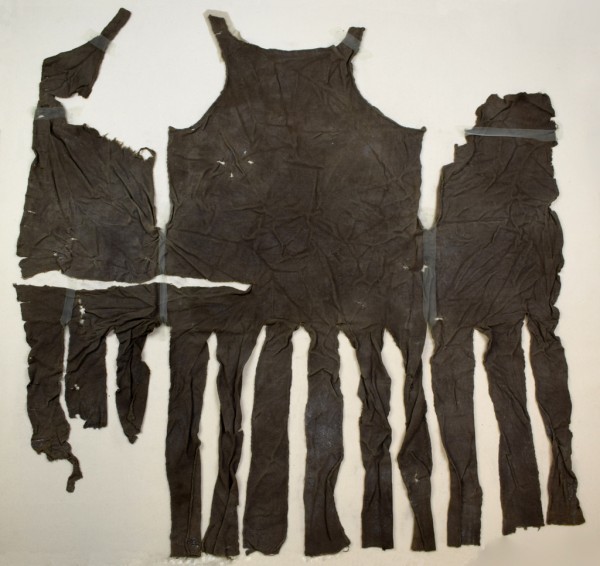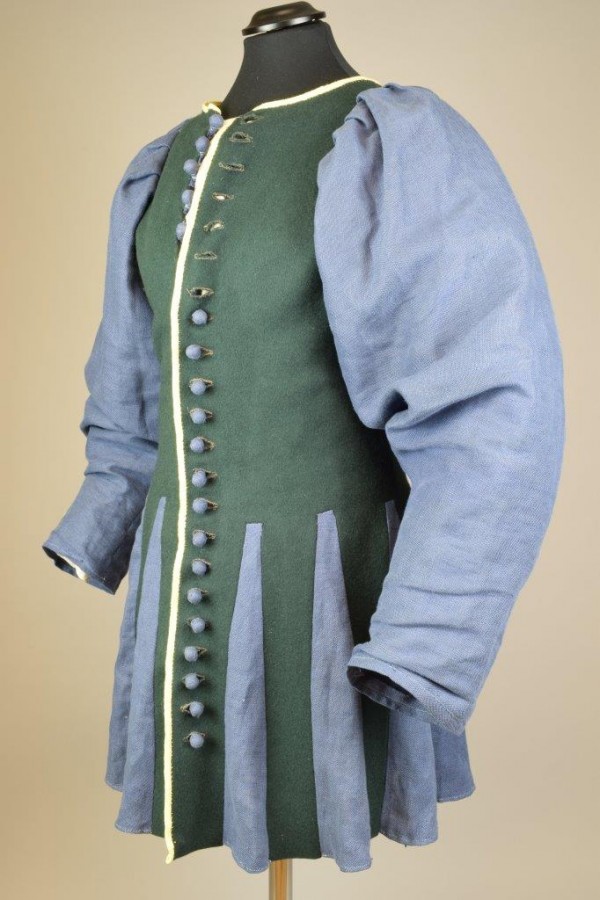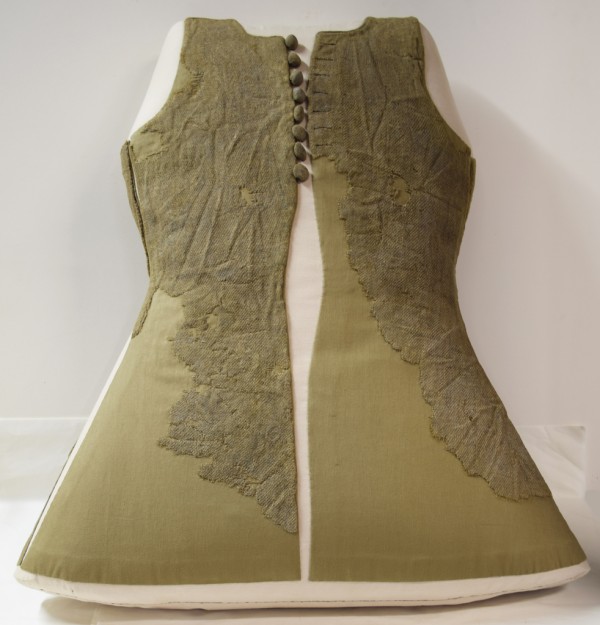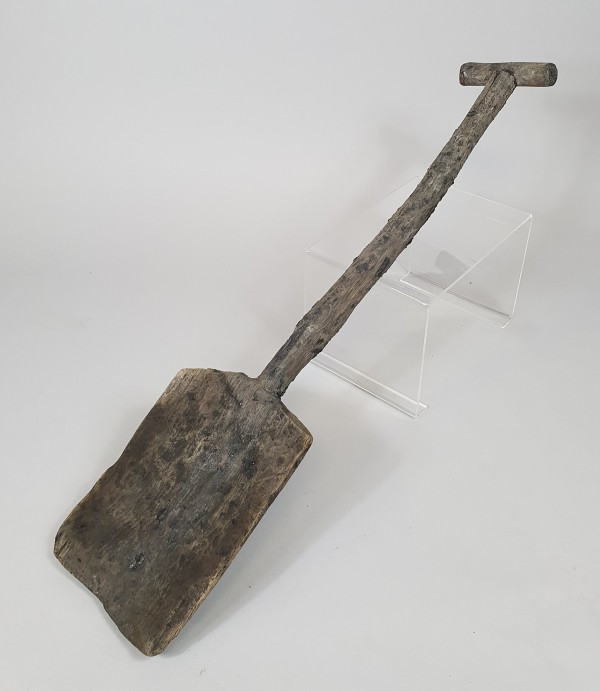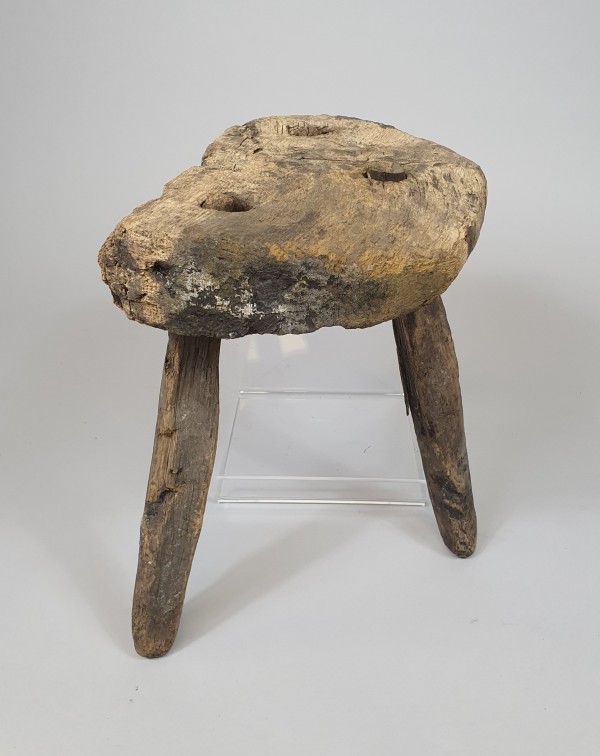Medieval Coal Mining
A fascinating collection which sheds light on the earliest coal mining in Britain.
Between 1985 and 1993, amateur and professional archaeologists recovered unique evidence of Medieval coal mining at the Lounge Opencast coal mine at Lount, near Coleorton. As well as timber-lined mine shafts and pillar and stall workings, tools and clothing of the miners were discovered, making this a nationally important site for investigating the early exploitation of coal and the working lives of the people involved.

